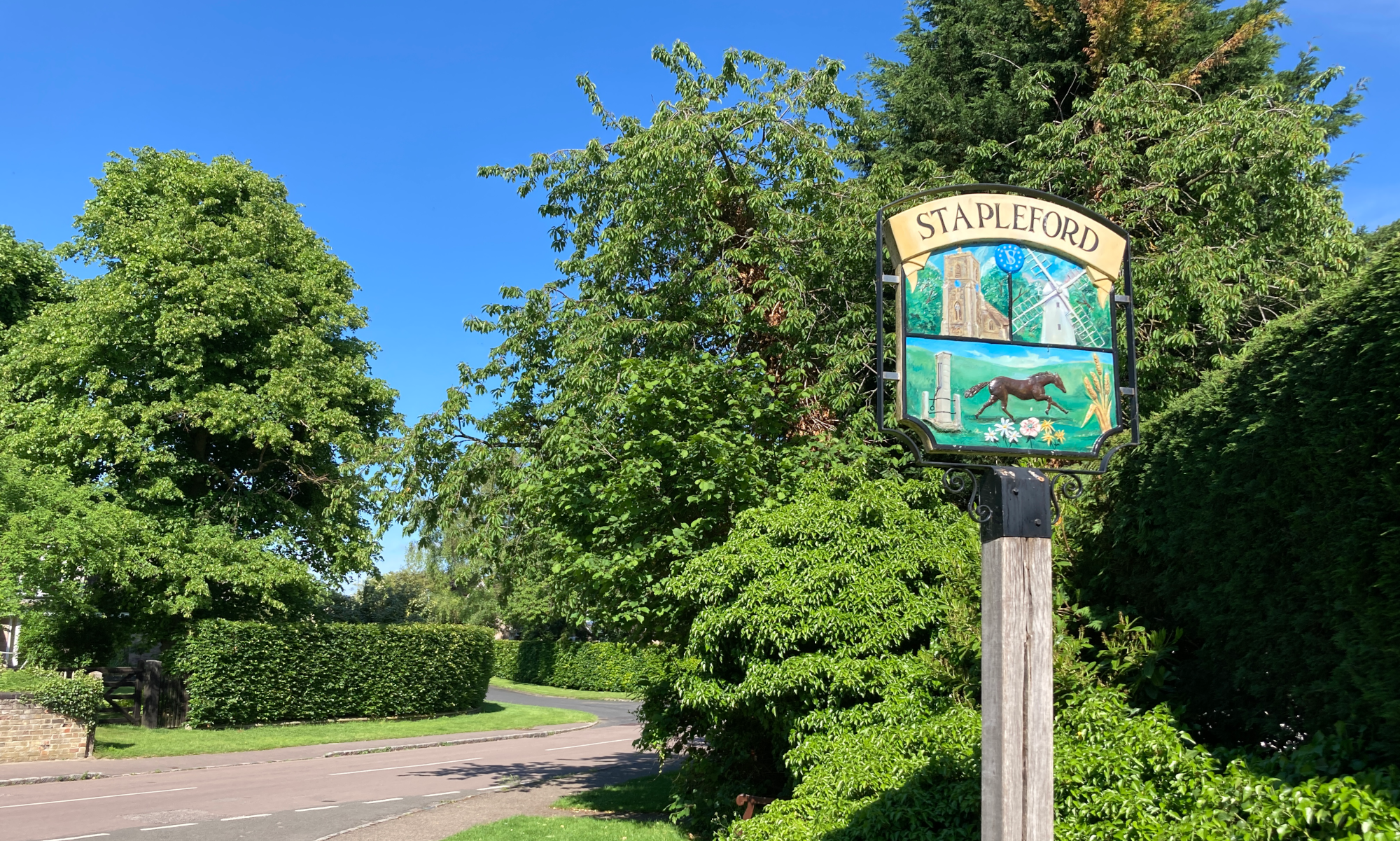Stapleford History Society 14th May 2024
A talk by Ian Sanderson
The speaker, Ian Sanderson, was an industrial chemist by profession and interested in landscape history. Having attended a course involving the detailed study of the landscape and its archaeology, he and some other enthusiastic amateurs formed the Archaeology Rheesearch Group in 2004. The Rhee is one of the tributaries of the River Cam together with Bourn Brook and the River Granta. These streams combine near Hauxton and flow through Byron’s Pool. From thereon the river is known locally as the Granta.
Many people have watched Tony Robinson and the Time Team archaeologists on Channel 4 and are probably familiar with the term ‘Geofizz’ without really understanding it. Similarly, viewers of BBC 1’s series entitled ‘Egypts Lost Cities’ will remember Sarah Parcah waxing lyrical about the benefits of Lidar (light detection and ranging) over Radar (radio detection and ranging). While the speaker produced equations and other technical pieces of information, he was able to reassure the audience that we could understand what he was talking about as the group’s equipment was nowhere near as sophisticated and expensive.
We were shown two pictures of a large area in the grounds of Wimpole Hall, the first showing a large expanse of grass. The second picture showed the outline of a fountain, garden walls and paths which had been in that space earlier. These were revealed by the use of a resistivity meter, a sort of metal detector, which can show what was under the ground, whether it was an iron axe, a wall, a hearth, a pit, a post hole, or something more fancy like the fountain we cannot see now at Wimpole Hall.
The use of a magnetometer was described next. This apparatus detects ferro-magnetic materials like iron, brick,tiles, bonfires and silted-up ditches. The problems associated with this form of investigation are trees, grass and even goats who will eat anything, even the group’s equipment. At one point the field behind Stapleford School was investigated but, unfortunately, all that was revealed was the presence of rubbish, for example bottle tops and coins, none of which was historically significant.
For further information about the group and its activities it is possible to consult the very informative website www.rheesearch.org.uk
[report by Jane Steadman]

